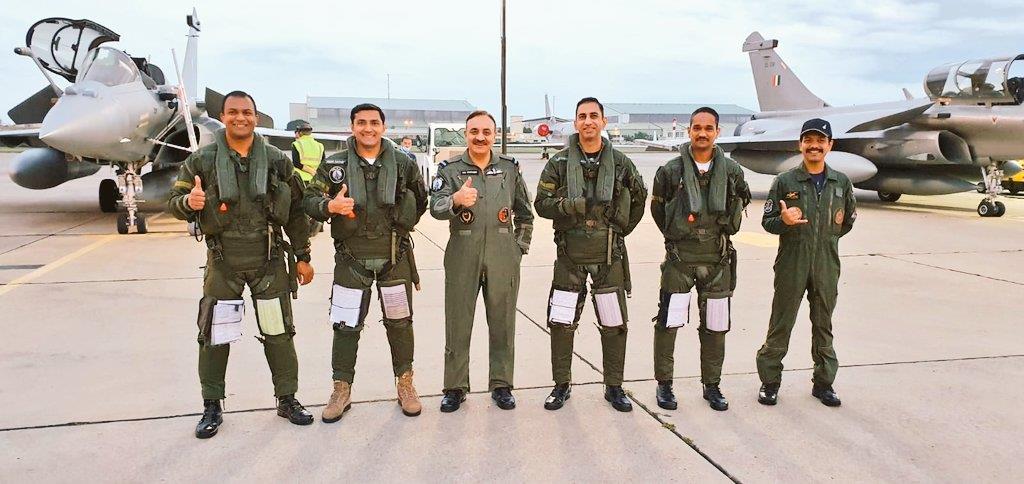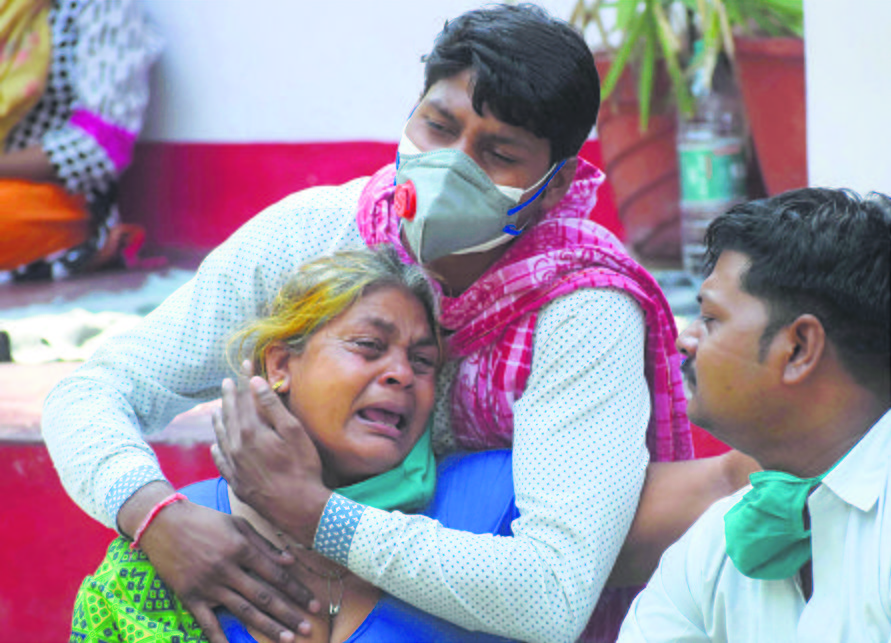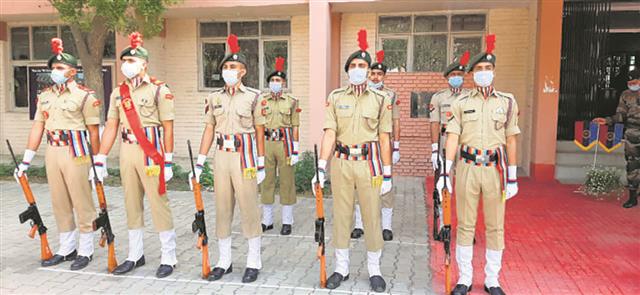The new squadron of Rafale jets will be based in Hasimara airbase in West Bengal

Next batch of three Rafales leave from France to India today. PTI
New Delhi, May 5
The sixth batch of three more Rafale fighter jets took off from France for India on Wednesday, the Indian embassy in France said.
They will be part of the Indian Air Force’s second squadron of the Rafale jets.
“Next batch of three #Rafales leave from France to India today; wished the pilots smooth flight and safe landing,” the Indian embassy in France tweeted.
After the arrival of the new batch, the number of Rafale jets with the IAF will go up to 21.
The new squadron of Rafale jets will be based in Hasimara airbase in West Bengal.
The first Rafale squadron is based in Ambala air force station. A squadron comprises around 18 aircraft.
India had signed an inter-governmental agreement with France in September 2016 for the procurement of 36 Rafale fighter jets at a cost of around Rs 58,000 crore.
The first batch of five Rafale jets arrived in India on July 29 last. The fifth batch had landed on April 21.
Last month, Chief of Air Staff Air Chief Marshal RKS Bhadauria visited France, during which he took stock of the delivery of the remaining Rafale aircraft to India. PTI









































































